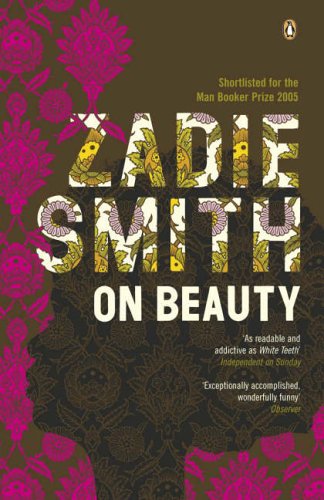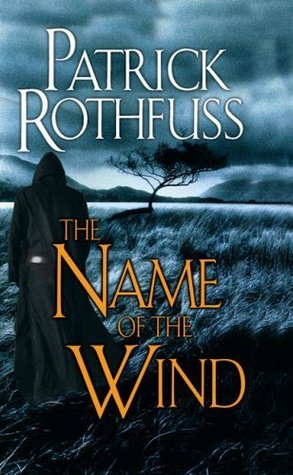Reading Lolita in Tehran is an important read for Western audiences. Azar Nafisi presents an overall picture of oppression, persecution and terror in the Islamic Republic of Iran. She describes her life in Tehran from the beginning of the Revolution – along with the majority of her compatriots, she was hopeful for the future – to the moment she leaves once and for all for America. She is oppressed in two ways: first, as a woman living in a fundamentalist Islamic state, where one by one her personal rights and freedoms are taken away, and secondly as an academic.
She was forced to resign from the university where she worked when she refused to wear the veil in the workplace, a decision which became moot when the government soon made it illegal for women to be seen in public at all without the veil. Women could only be seen in public accompanied by her husband, father or brother; unaccompanied women faced all sorts of difficulties. Married women had little or no rights: even custody of children was granted to fathers in cases of divorce. The University of Tehran had a secondary entrance for women, where they were subjected to rigorous and humiliating searches and inspections to ensure that they were acceptable. This alone seems altogether unbearable.
But Nafisi was also an academic. Her ability to teach university students is quickly limited until she can no longer teach the texts she wants in the way she wants. She is primarily a Western scholar, specializing in Nabokov, Fitzgerald, James and Austen; each of these authors come under strict scrutiny until she can no longer find copies of their works in any bookstores in Iran. The majority of her students have photocopied versions of old texts. Sadly, she recounts how booksellers were first forbidden to sell these works, and how the Revolutionary Guard came and removed any extant copies and arrested the bookstore owners, and then even to possess such works was illegal. As a scholar, this was an impossible environment.
Such is the historical backdrop of Reading Lolita in Tehran. She conducts a secret class of female students interested in discussing Western novels unrestricted by law or social pressure. The class came to be a safe haven for the students, Nafisi a mentor. They came to discover themselves as women and as scholars and ultimately decide for themselves how they would proceed with their lives in such an oppressive environment. Nafisi admits that she changes and borrows events and facts to create certain characteristics, giving the western eye a snapshot of what life is like for women in Iran. The characters range from young and inexperienced to sexually liberal to devout to loyal to the regime. In the end, while the reader wishes all women in Iran had the ability and chance to escape such oppression, Nafisi gives us reasons for staying as well as for leaving. She asks, how can our country change if all the people committed to change leave? She also has personal feeling s of guilt, as she had become a mentor to these young women: “I felt guilty enough on my own, as if my decision to leave was a betrayal of some promise I had made to them.” It is not such an easy decision to leave when looking at both sides of the story: for every Azar Nafisi that leaves, thousands are forced to stay and endure, clinging to whatever hope they can piece together to get through the days. And Nafisi provided some of this hope to her students.
The structure of Reading Lolita in Tehran is intriguing, pairing a novel or author with a period of her life in Iran and drawing parallels to her own life and that of the author’s or those of the characters she studies. Hence, Lolita is courageous, not a tramp but an enduring victim, The Great Gatsby is revolutionary, Henry James’s Daisy Miller is courageous in her fatal choices that were at least her own, and Austen demonstrated the hope that literature and imagination can provide.
I enjoyed this book, though it was certainly exhausting to read of the plight that so many women faced at that time (and still today – the Taliban in Afghanistan is torturing young women who choose to go to school!). Nafisi’s main point is this: through literature, through imagination, we can all feel hope and freedom, if only for a moment. As she says of Pride and Prejudice, “All we needed was to read and appreciate the cacophony of voices to understand its democratic imperative. This was where Austen’s danger lay.” Four forbidden texts out of five.
12 hours ago





No comments:
Post a Comment